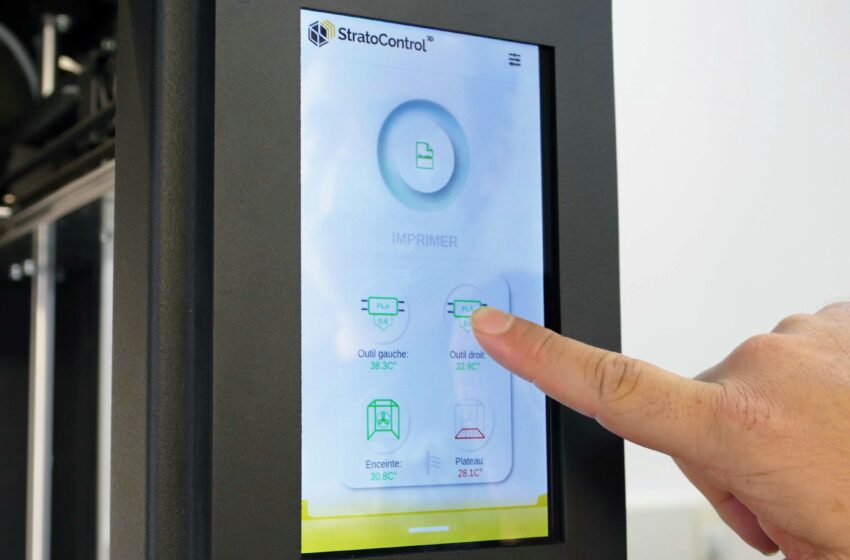
Chatbots in Banking: Enhancing Customer Experience with AI, Voice, and Biometrics
From typing queries to talking transactions—how chatbots, voice banking, and biometrics are revolutionizing the way we bank.
In today’s digital banking landscape, chatbots have emerged as the unsung heroes. These AI-powered virtual assistants handle everything from balance checks to bill payments, all while reducing the headache of waiting on hold or navigating complicated menus. But chatbots don’t work alone anymore — they’re joined by voice banking and biometric security to create an experience that’s fast, personalized, and secure.
Bank of America’s Erica: A Pioneer in AI Assistance
Launched in 2018, Bank of America’s Erica is a shining example of chatbot success. With more than 20 million users, Erica offers bill reminders, fraud alerts, personalized spending insights, and even financial coaching. Brian Moynihan, Bank of America’s CEO, calls Erica “a game changer” for customer engagement.
According to Forrester Research, 70% of Erica’s users report higher satisfaction compared to traditional customer service channels. Erica’s 24/7 availability and ability to handle thousands of queries at once make banking easier and less time-consuming for millions.
Bank of America CEO Brian Moynihan said it best
“Erica is not just a chatbot; she’s a financial partner that helps people manage their money smarter and more efficiently.”
With AI chatbots like Erica and Eno leading the charge, supported by voice banking and biometric security, the future of banking is digital — and deeply personal.
Capital One’s Eno: Wit Meets Efficiency
Capital One’s chatbot, Eno, is known for its conversational tone and quick wit. Whether you ask, “Did my rent clear?” or “What’s my spending limit?” Eno delivers immediate, clear answers, reducing reliance on human agents.
In the first year after launching, Capital One reported a 20% drop in customer service calls — a significant operational cost saving and a boost to customer convenience.
JPMorgan Chase’s COiN: AI Behind the Scenes
Not all AI applications in banking interact directly with customers. JPMorgan Chase’s COiN (Contract Intelligence) AI analyzes legal documents in seconds, a task that once took thousands of human hours annually.
By reviewing 12,000 contracts in mere seconds — saving an estimated 360,000 lawyer hours per year — COiN accelerates loan approvals and reduces errors, indirectly enhancing the customer experience through faster, more accurate service.
Wells Fargo’s Hybrid Model: AI Meets Human Touch
Wells Fargo has adopted a hybrid customer service model combining AI chatbots, voice banking, and live agents. When chatbots encounter complex or emotional queries, customers are smoothly transferred to human representatives, avoiding frustrating “bot loops.”
This balanced approach boosted customer satisfaction scores by 15% in pilot programs, proving AI and humans can coexist to deliver superior service.
Voice Banking: Talking to Your Bank
While chatbots have primarily been text-based, voice banking is gaining rapid adoption. Deloitte’s 2024 report reveals that 55% of banking customers feel comfortable using voice assistants for routine tasks such as balance inquiries and bill payments.
Wells Fargo and Ally Bank have integrated voice commands into their apps, allowing customers to perform transactions hands-free. This is especially useful for accessibility and multitasking customers. Voice banking also complements chatbots, making banking more natural and flexible.
Biometrics: Securing the Conversation
Convenience without security is a no-go. That’s where biometrics come in. Mastercard’s 2023 report finds biometric authentication — including fingerprint scans, facial recognition, and voiceprints — reduces fraud by up to 70% compared to traditional PINs or passwords.
JPMorgan Chase uses voice biometrics to authenticate sensitive transactions, while Barclays and others utilize facial recognition for mobile app logins, combining convenience with security.
Why Chatbots Remain the Frontline
Chatbots excel because they are scalable, instantaneous, and capable of delivering personalized advice. Gartner predicts that by 2025, 85% of all banking interactions will be AI-driven, mostly through chatbots, supported by voice and biometrics.
The data gathered from chatbot interactions enables banks to provide tailored financial guidance, turning banking from a reactive task into a proactive partnership.
Looking Ahead: The Smarter, Safer Bank
The future promises even more conversational, context-aware chatbots empowered by advanced natural language processing. Voice banking will evolve into true dialogue, and biometric systems will adopt multimodal authentication combining face, voice, and fingerprint for foolproof security.
Imagine your digital banker not only understanding your words but your tone and mood, guiding your financial decisions with empathy and precision.
Sources:
Juniper Research, “AI in Banking: Savings and Opportunities,” 2024
Deloitte, “Voice Banking Adoption Trends,” 2024
Mastercard, “Biometrics in Payments Report,” 2023
Forrester Research, “Customer Satisfaction and AI Assistants,” 2023
Bank of America, Press Releases, 2018–2024
Capital One Corporate Communications, 2019
JPMorgan Chase, COiN Case Study, 2017
Wells Fargo Corporate Reports, 2022
Ally Bank Customer Service Analytics, 2023
Gartner, “Customer Interaction Trends in Financial Services,” 2023






